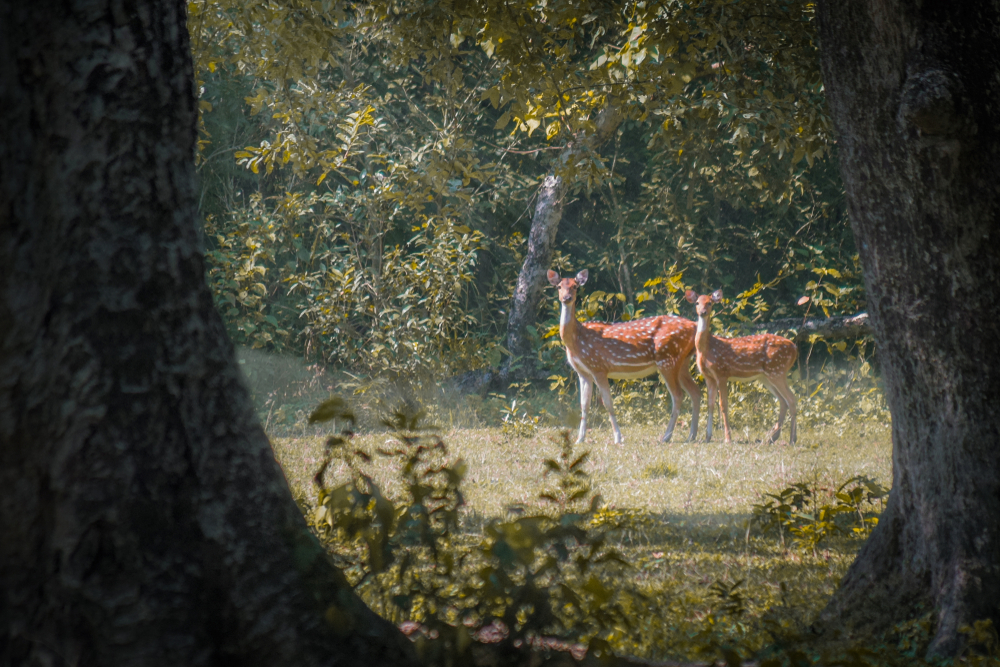Shuklaphanta Overview
Shuklaphanta National Park, known locally as Shuklaphanta Rastriya Nikunja, is a stunning protected area in the southwestern part of Nepal. Located in the Sudurpashchim Province, the park covers an area of 118 square miles (305 square kilometers). Originally established as a hunting reserve in 1969, it later became a wildlife reserve and was upgraded to a national park in 2017. Shuklaphanta lies within the Terai region, near the Indian border, making it an integral part of the larger Terai Arc Landscape, which spans across Nepal and India. Its name is derived from the expansive Shuklaphanta grasslands, the park’s most prominent and defining feature.
The park is renowned for its diverse terrain, ranging from open grasslands to riverine forests, sal woodlands, and tropical wetlands. The Shuklaphanta grasslands, which are among the largest continuous grasslands in Nepal, dominate the landscape. These vast plains are interspersed with patches of forest and wetlands, including the lush Mahakali and Chaudhar river floodplains. The Babai Khola and Rani Tal are key water bodies in the park, the latter being a picturesque lake attracting both wildlife and visitors. The unique combination of habitats provides a picturesque setting, with dramatic vistas of open plains against the backdrop of the Churia Hills to the north.
Shuklaphanta National Park is a biodiversity hotspot, harboring an extraordinary array of wildlife. It is home to the largest population of swamp deer (barasingha) in Nepal, with herds often grazing in the grasslands. Other iconic mammals include tigers, leopards, sloth bears, wild elephants, and the elusive fishing cat. Birdwatchers will be delighted by the park’s 450+ recorded bird species, including the Bengal florican, sarus crane, and great hornbill. Wetland habitats attract migratory birds, while the grasslands and forests teem with pheasants, eagles, and other raptors. Reptiles such as marsh crocodiles and pythons are also present in the park’s wetland ecosystems.
Popular features of Shuklaphanta National Park include wildlife viewing in the grasslands and wetlands, which are accessible via jeep safaris and guided tours. The Rani Tal area is a prime spot for birdwatching and peaceful picnics, while the park’s many watchtowers offer panoramic views of the landscape and its wildlife. Cultural experiences in surrounding villages allow visitors to learn about the Tharu community, whose traditional way of life is intricately connected to the region.
Visitors can engage with the park through jeep safaris, guided walks, and birdwatching tours. Photography enthusiasts are drawn to the open vistas and vibrant wildlife, while eco-tourism lodges offer sustainable accommodations. The park management has been proactive in addressing conservation challenges, including habitat degradation, poaching, and human-wildlife conflict. Successes include an increase in tiger populations and community-based conservation initiatives that engage local residents in protecting wildlife. Shuklaphanta’s designation as part of the Terai Arc Landscape underscores its critical role in conserving transboundary wildlife corridors.










































































